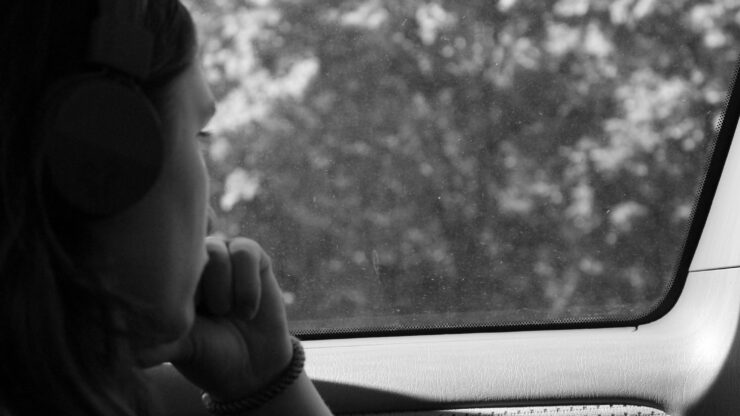As the days grow shorter and the weather turns colder, many people experience a change in mood and energy levels. For some, this shift can be severe enough to interfere with daily life and lead to a condition known as Seasonal Affective Disorder (SAD). While SAD can be challenging to manage, there are several well-being strategies that can help individuals cope with its symptoms and maintain their mental and emotional health throughout the winter months.
Jump to Section
Understanding Seasonal Affective Disorder
Seasonal Affective Disorder (SAD) is a form of depression that occurs during the fall and winter months when daylight hours are shorter.
The exact cause of SAD is not fully understood, but it is believed to be related to changes in the body’s circadian rhythms and levels of serotonin and melatonin, two neurotransmitters that affect mood and sleep.
SAD can affect anyone, but it is more common in women, people with a family history of depression, and those who live far from the equator.
Symptoms and Diagnosis
The symptoms of SAD are similar to those of major depression and may include feelings of sadness, hopelessness, and worthlessness, low energy, difficulty concentrating, and changes in appetite and sleep patterns.
To diagnose SAD, a healthcare provider will evaluate a person’s symptoms and medical history and may order blood tests or a psychological evaluation to rule out other conditions.
SAD is typically diagnosed after a person has experienced these symptoms for two consecutive winters.
Importance of Seeking Professional Help
If you are experiencing symptoms of SAD, it is essential to seek professional help. A healthcare provider can evaluate your symptoms and recommend a treatment plan that may include talk therapy, medication, or light therapy.
Light therapy involves exposure to a bright light that mimics natural sunlight and has been shown to be effective in treating SAD.
While self-care strategies can be helpful in managing SAD symptoms, they should not be used as a substitute for professional treatment.
Self-Care Strategies for Managing SAD
In addition to seeking professional help, there are several self-care strategies that can help individuals manage SAD symptoms. These may include:
- Getting regular exercise, which can boost mood and energy levels
- Eating a healthy diet that includes foods rich in omega-3 fatty acids, such as fish and nuts
- Practicing relaxation techniques, such as deep breathing or meditation
- Spending time outdoors during daylight hours
- Maintaining a regular sleep schedule and getting enough sleep
- Socializing with friends and family to combat feelings of isolation
Alternative Therapies for SAD
In addition to traditional treatments such as medication and talk therapy, there are several alternative therapies that may be helpful in managing SAD symptoms. These may include:
- Acupuncture, which involves the insertion of thin needles into specific points on the body to promote healing and balance
- Massage therapy, which can help reduce stress and promote relaxation
- Herbal supplements, such as St. John’s Wort or SAMe, which may have antidepressant effects
- Yoga or other mind-body practices, which can help reduce stress and improve mood
Maintaining Well-being Beyond SAD Season
While SAD may only occur during the fall and winter months, it is essential to maintain good mental and emotional health throughout the year. Some strategies that may help include:
- Practicing self-care on a regular basis, such as getting enough sleep, eating a healthy diet, and exercising regularly
- Seeking support from friends and family during times of stress or difficulty
- Engaging in activities that bring joy and purpose, such as volunteering or pursuing a hobby
- Continuing to seek professional help if needed, even after SAD season has ended
FAQ
What is the difference between SAD and major depression?
SAD is a form of depression that occurs during the fall and winter months and is related to changes in daylight hours. Major depression can occur at any time of year and may be caused by a variety of factors.
Can SAD be prevented?
While there is no surefire way to prevent SAD, practicing good self-care habits year-round may help reduce the risk of developing symptoms.
What are some other ways to manage SAD symptoms?
Other strategies that may be helpful in managing SAD symptoms include using a lightbox, which provides bright light therapy, and practicing cognitive-behavioral therapy, which can help change negative thought patterns.

With a deep passion for personal development, Ben has dedicated his career to inspiring and guiding others on their journey towards self-improvement.
His love for learning and sharing knowledge about personal growth strategies, mindfulness, and goal-setting principles has led him to create My Virtual Life Coach.
Contact Ben at [email protected] for assistance.




